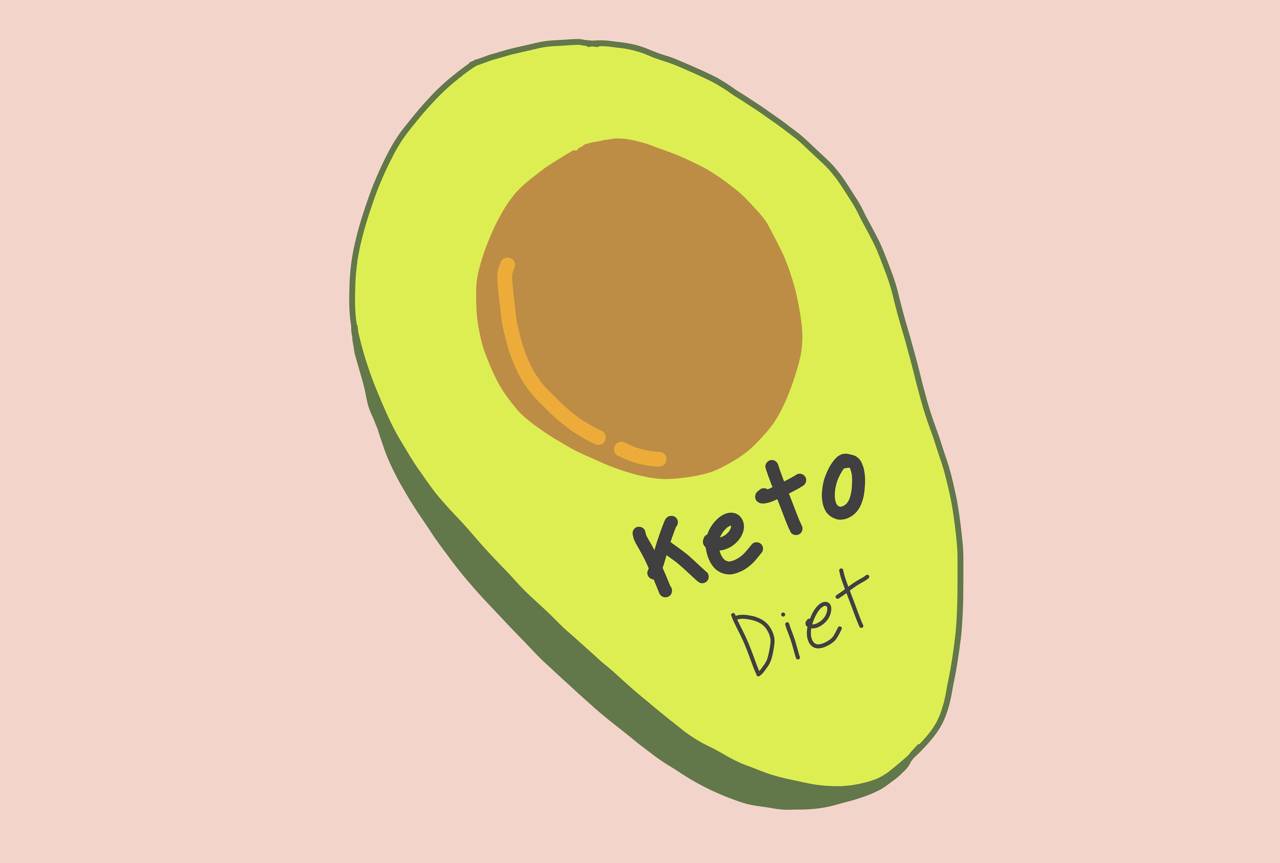Children with epilepsy have repeated seizures. These are caused by abnormal electrical activity in the brain. This condition is usually treated with medicines. But if medicines can’t control the seizures, a special diet like a ketogenic programme might help.
A ketogenic (or keto) diet is high-fat and low-carbohydrate. There is evidence to suggest that a diet like this may help to reduce seizures.
The science
The diet is very high in fat, and very low in carbohydrates, yet does still include sufficient protein to support normal growth and development in your child. According to the University of Rochester Medical Centre, a ketogenic diet causes the body to make ketones, which are chemicals made from the breakdown of body fat.
In a healthy person, the body generally doesn’t make or need to make ketones. Ketones are an energy source that the body would use only during fasting. This means that for someone who has epilepsy, a ketogenic diet would enable the brain to use ketones for energy rather than glucose – as much as possible.
This is important because ketones are largely water-soluble, so they move easily into the brain, and while the can’t use fatty acids for energy, it can easily use ketones for a large portion of its energy needs.
Ketogenic diet and epilepsy
A keto diet is gaining popularity as a backup plan for children whose epilepsy symptoms are difficult to control using medication alone, or as a treatment for children with seizures when medicine isn’t working properly. Research into how effective the diet may be is still ongoing, but there is evidence to show positive changes in neurotransmitters, gene expression, and influences on neuron receptors.
The diet may not work for every child, but some children become seizure-free when they start eating this way. Some may stay on it for many years. Your child’s doctor can help determine if the diet is right.
Diet menu
A dietician can help you figure out exactly what your child needs to eat, and how much of it. The ketogenic diet is relatively low in important nutrients, so your child may need supplements like Vitamin D, folic acid, iron, and calcium.
There are three food groups for this diet:
Fats: cream, butter, margarine, oils, mayonnaise, salad dressings, nuts, nut butter and avocado.
Protein: chicken, red meat, fish, cheese, milk, eggs and nuts.
Carbohydrates: bread, pasta, rice, potato, fruit and vegetables.
Breakfast
Scrambled eggs made with:
- 2 tbsps heavy cream
- 1 large egg
- 2 tbsps butter
- 1 medium strawberry
Lunch
Quesadilla with a creamy avocado dip made with:
- 1 tbsp heavy cream
- 2 tsp mayonnaise
- 1 tsp olive oil
- One-sixth of an avocado
- 1 tbsp butter
- 1 large egg white
- 2 tsp almond flour
- 12g grated cheddar cheese
Dinner
Chicken salad served on an iceberg lettuce leaf made with:
- 3 tbsps heavy cream
- 20g cooked chicken breast
- 2 tbsps mayonnaise
- 34g cucumbers and tomatoes
Snack
- 26g macadamia nuts
- An orange
References:
- https://www.epilepsysociety.org.uk/ketogenic-diet#.WzaRChJKiYU
- https://www.urmc.rochester.edu/encyclopedia/content.aspx?contenttypeid=160&contentid=120
- https://www.verywellhealth.com/ketogenic-diet-for-epilepsy-2241627
- http://www.childrenshospital.org/Centers-and-Services/Programs/A-_-E/epilepsy-program/resources-for-families/ketogenic-diet
- https://www.researchgate.net/publication/23497095_An_Overview_of_the_Ketogenic_Diet_for_Pediatric_Epilepsy

